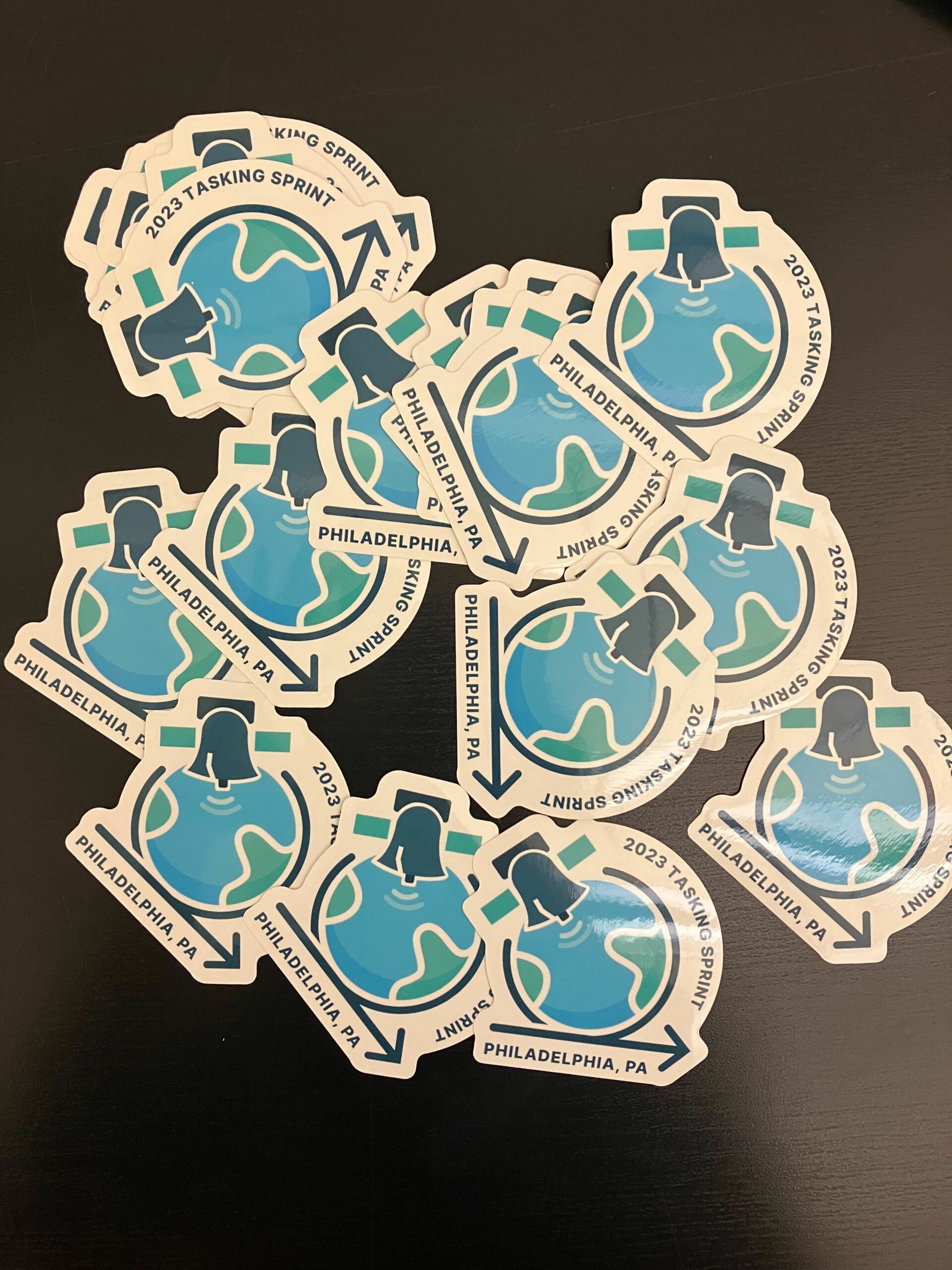Author: Matt Hanson
<- Return to all blogs
-
STAC: A Retrospective, Part 2 (Why STAC was Successful)
In Part 1 of this series we covered the origin story of STAC, exploring the history and the initial sprints that created the spec. Now, it’s time to cover the how and the why of its success.

-
STAPI Sprint #5: 0.1 Release
We recap our most recent STAPI Sprint in Lisbon. We worked toward evolving the satellite data ordering process, and released version 0.1.

-
STAPI Sprint #4: Interoperability for Satellite Data Ordering
During our most recent STAPI sprint we brought together attendees from across the geospatial industry to discuss interoperability for satellite data ordering.

-
Tasking Sprint #3 Recap
The Berlin tasking sprint was a significant step forward in the documentation and details of the specification, while we also developed the foundation of an ecosystem to prove out STAPI.

-
Introducing Earth Search Console: An AWS Open Data Exploration UI
In this blog, we’ll detail how Earth Search Console leverages FilmDrop, and what Console components we are most excited about.

-
Introducing Earth Search v1: New datasets now available
We outline the latest from Earth Search: an endpoint that hosts a catalog of Sentinel-2 and Landsat data to improve data accessibility.

-
SpatioTemporal Asset Tasking Sprint #2 Recap
In this blog we recap the latest SpatioTemporal Asset tasking sprint that we hosted with industry leaders to generate new community standards.

-
STAC: A Retrospective, Part 1
In the first installment of this two-part retrospective, we dive into the history of STAC (SpatioTemporal Asset Catalog) and outline its history.

-
Tasking Sprint
Two weeks ago, right before SatSummit, we hosted a “Satellite Tasking API Sprint” at our office in Alexandria. The goal was to initiate a conversation around standardizing how users submit tasking requests to data providers. The companies attending, made up of data providers, analytics users, and developers, represented a wide and deep knowledge base around…

